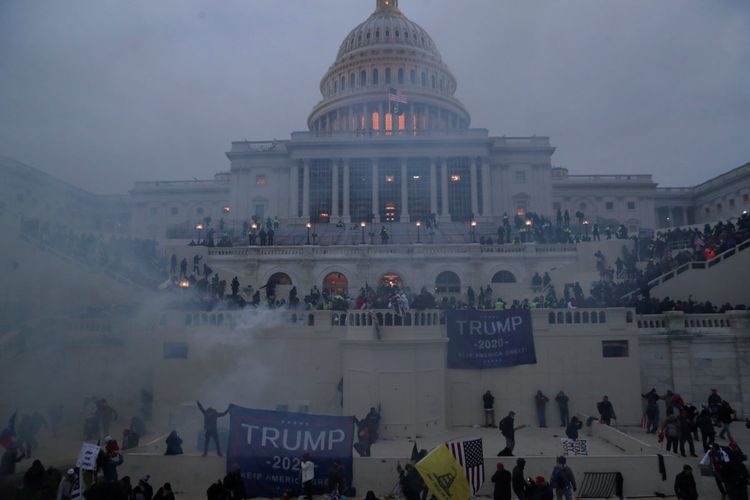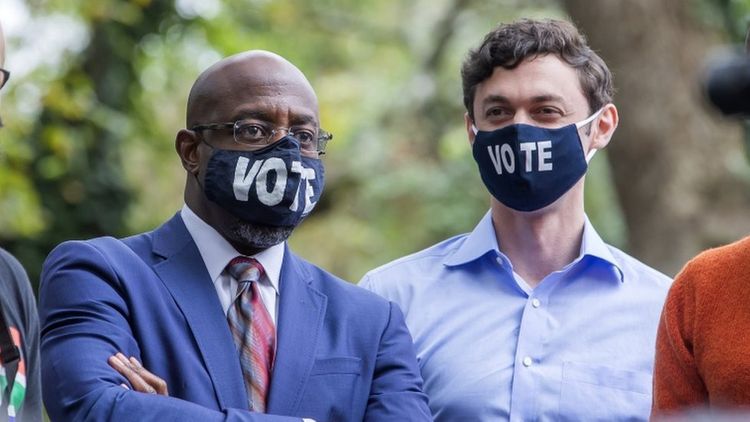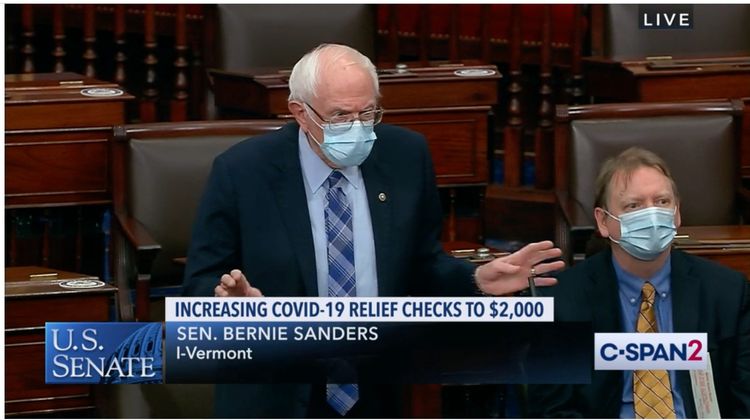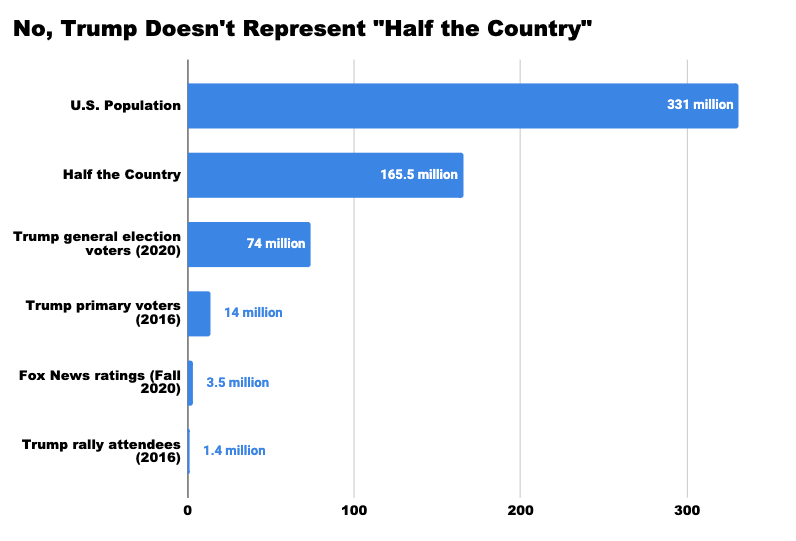A year of protest and power. Saying no and getting to yes.

A year ago, I worked with climate activists to shut down the Red Gate at Inauguration, part of a coordinated set of protests against all the terrible shit we knew Republicans were going to try to pull off. We linked arms in front of the gate, creating a human blockade that slowed the procession of Trump supporters down to a trickle.

Trump supporters attempted to rush our line throughout the day. Seeing grown-ass men try to shoulder their way through groups of college-aged activists half their size was in turns sad, grotesque and necessary. Non-violent protests have a way of exposing the people and institutions being targeted for exactly what they are.
Our collective actions helped make Trump’s inauguration embarrassing for him and his supporters. Even as some people hoped that Trump would become “presidential,” we knew the politics of division and apathy that got him elected would only worsen under his presidency. Demonstrating that his administration lacked — and continues to lack — popular support has been critical for constraining what Republicans think is possible on the policy front.
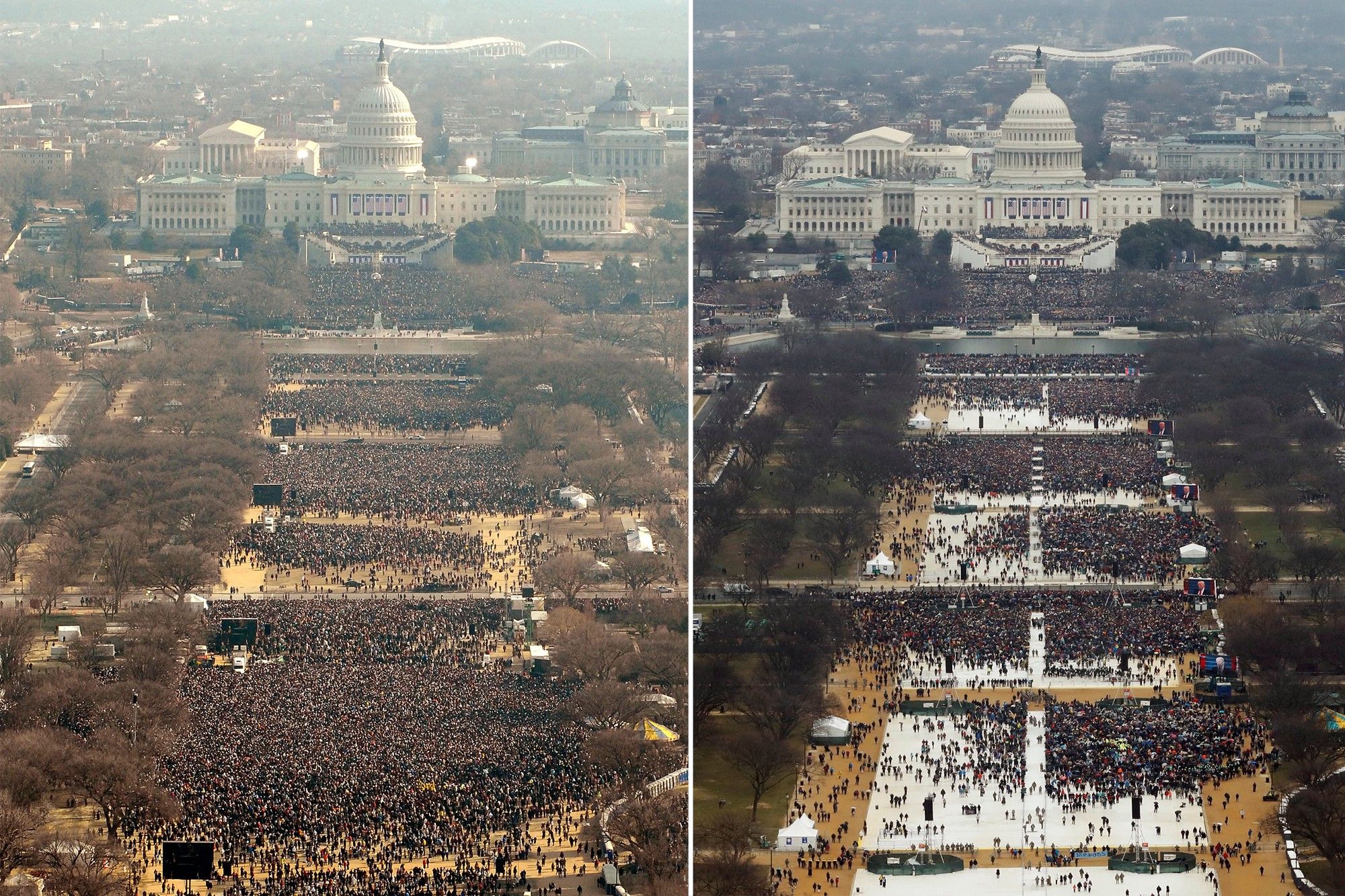
That said, I was genuinely surprised that the inaugural blockades and Trump’s general unpopularity would lead to the administration’s first act of scientific censorship. After the National Park Service’s official Twitter account shared a comparison shot like the one above, the incoming administration shut down all the Department of the Interior Twitter accounts. Authoritarian dipshits always go after the scientists — like journalists, academics and public employees, scientists can speak truth to power and therefore they often have a target on their backs.
But if there’s anything the Internet hates, it’s censorship. Thus were borne rogue science agency Twitter accounts and the March for Science.
Of course, scientists had already been marching and organizing well before and since the election, pushing their institutions to step up and become more politically active.
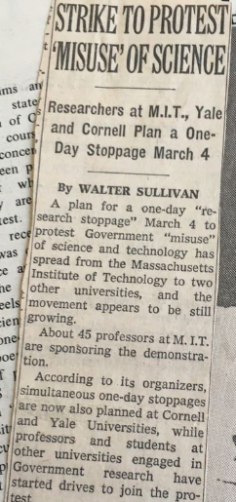
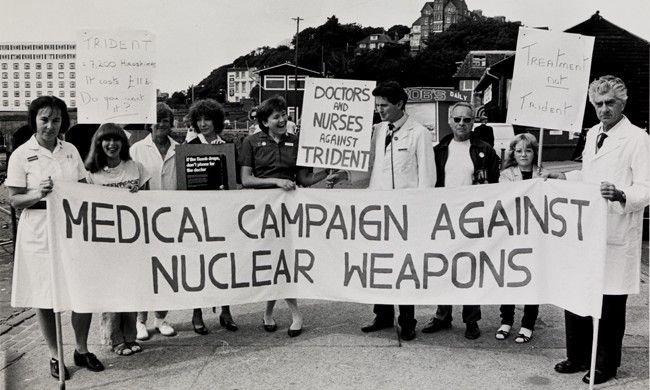
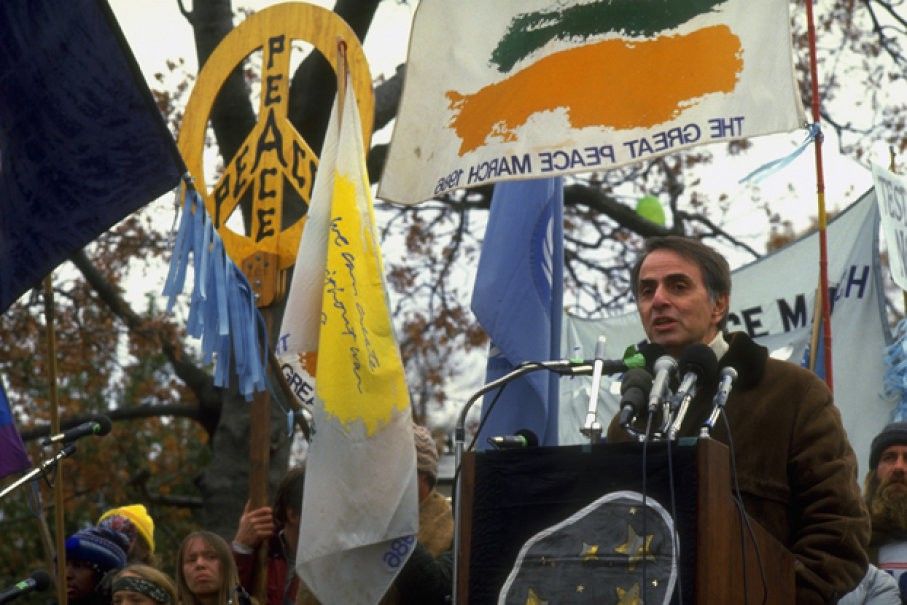
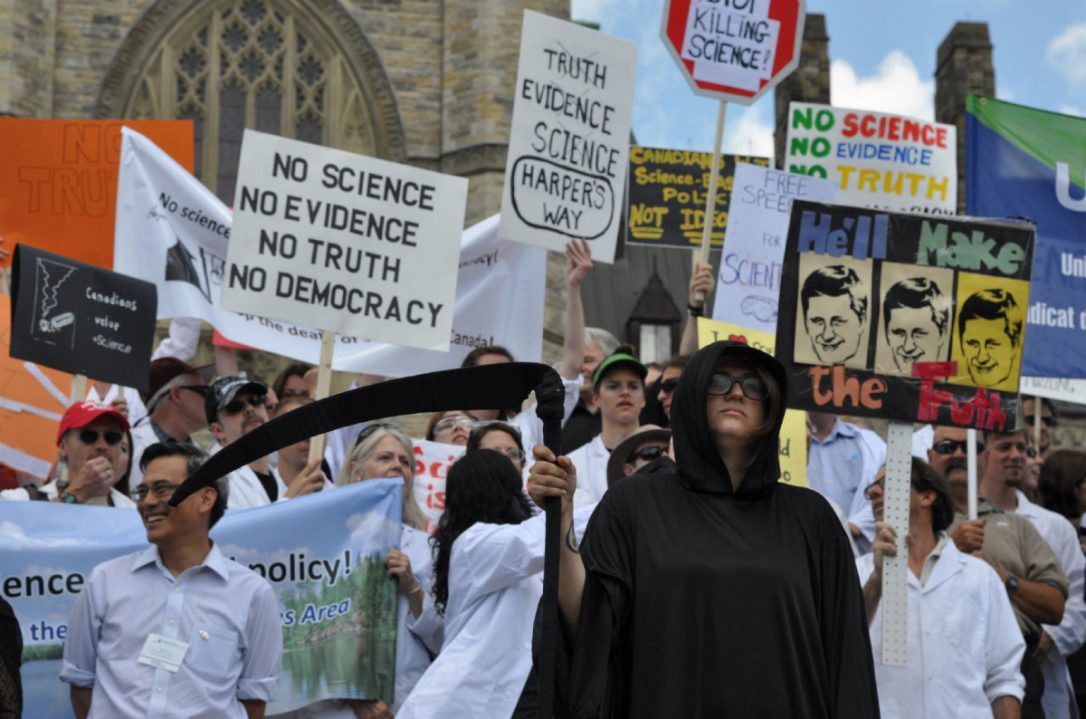
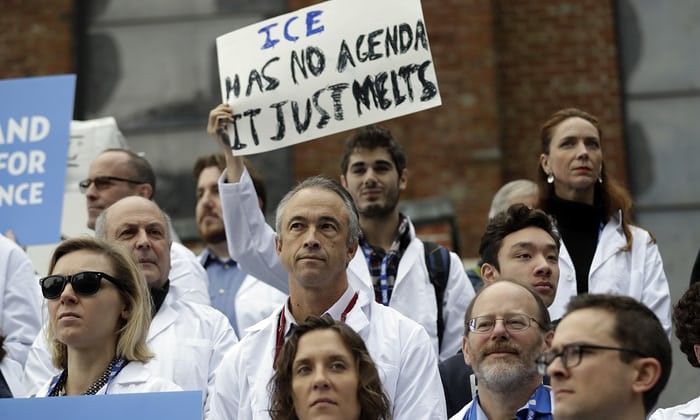

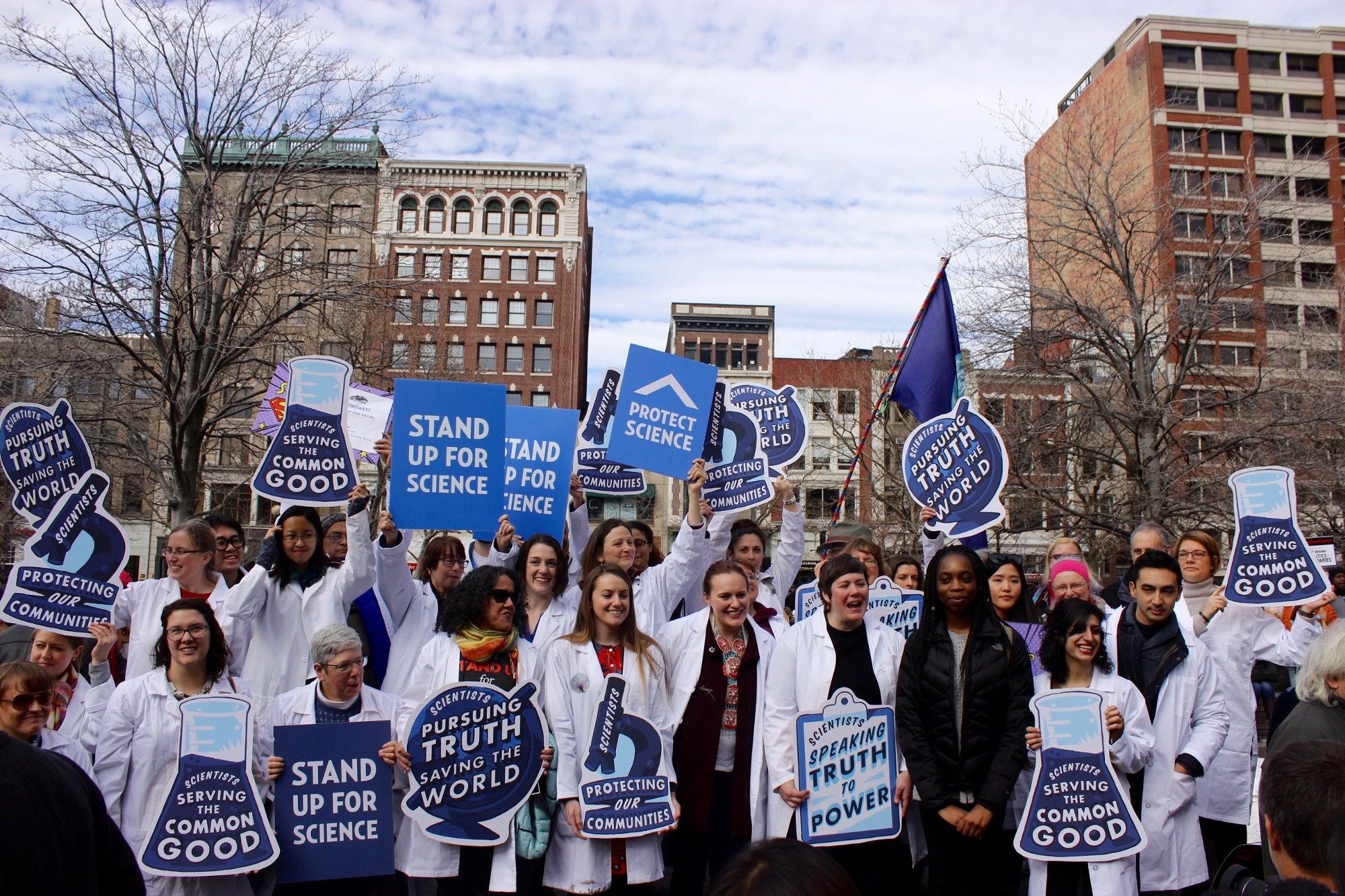
The March for Science was controversial on two fronts: some scientists were worried it was too political. Others thought it wasn’t political enough, especially when it comes to the links between science, discrimination and civil rights. Oddly, these debates rarely involved anyone ever defining what they meant by “politics.” As a profession, scientists are wildly uncomfortable with political advocacy, a legacy of Cold-War era censorship and political blacklisting of any researchers who spoke out about the dangers of nuclear weapons.
Of course, those of us who have been working in politics for a while understand that it’s about who has power to make decisions and who gets limited resources in society. Same as it ever was.
That’s why I loved Dr. Mona’s speech at the March for Science. “Flint is what happens when we dismiss science,” she said. “Flint is what happens when we dismiss experts. Flint is what happens when we dismiss people.”
Dr. Mona spoke truth to power and fought state censorship of scientific data about water contamination. She used her research and resources to collaborate with a predominately black Rust Belt community that was suffering a host of environmental and political injustices. In doing so, she helped save people’s lives. That’s science and politics in action and it’s extremely good stuff. And she’s also a first-generation Iraqi immigrant, which means she’s exactly the type of person who would get barred from entering the United States under the stupid Muslim ban.
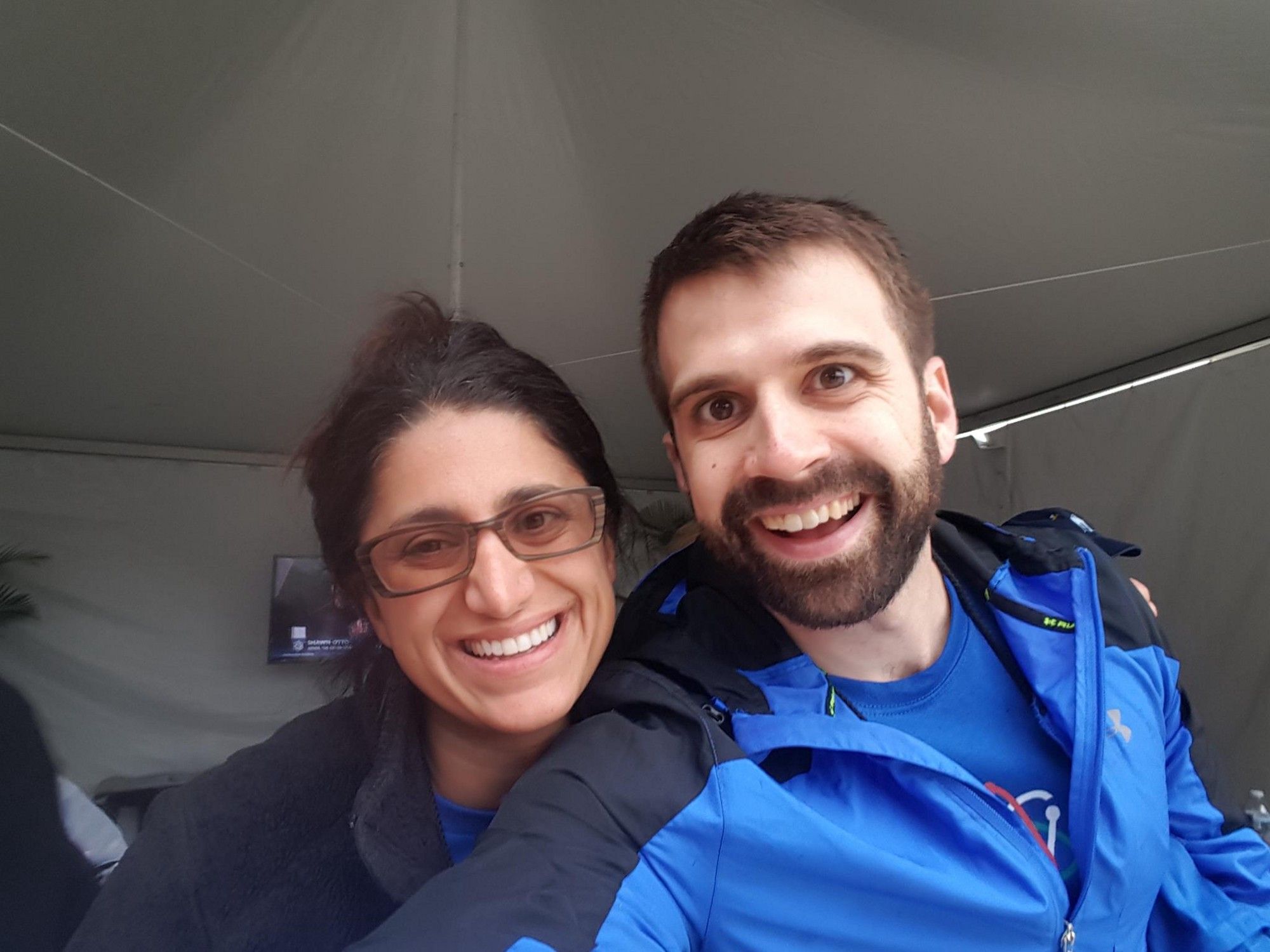
So the march happened and it went pretty well, despite a ton of acrimony at the national march. Globally, it wound up being the largest science event…ever. But in the United States, the national march organization struggled to cohere after the march was over, adopting a centralized, closed-off system for communicating with its hundreds of thousands of activists instead of operating like what it is: an organic grassroots movement focused on science and politics.
Things are getting better, I think.
In October, I worked with several other current and former volunteers to blow the whistle on financial and organizational mismanagement at the national march organization. The march’s interim board adopted a series of reforms in response, the most important of which is centering justice-oriented work, as well as conducting an open hiring process for new leadership and putting more grassroots city-level march leaders on the board.
I’ll be curious to see how involved the march gets in mobilizing voters and supporting STEM candidates, something we’re already seeing through other groups like 314 Action. It’s definitely something the people who showed up to all those marches want to do.
The past year of marching, volunteering and organizing has demonstrated that the most important thing for any of these new groups — and for any institution really — is transparency. That’s what our members want, it’s what volunteers and donors want, and it’s definitely what the public wants.
Transparency also ensures that we respect the volunteer time and labor that’s driving progressive movements. And it empowers the grassroots organizers who are doing the hard, patient, necessary work of building and using political power.
A year later, it’s incredible to see people stepping up. Tens of millions of people are politically active in ways they never were before. It’s remarkable. And the spectrum of advocacy is a long one, from public eduction to marching to getting out the vote, to running for office, to sitting down in Senate offices and screaming yourself hoarse at heartless politicians who are trying to take away your healthcare. It’s all good stuff.
Progressive movements are stronger than they’ve ever been in my lifetime. To keep growing, they’ll have to evolve to be so much more than anti-Trump and anti-Republican movements. If this new era of activism stops after a mid-term victory or Trump losing his reelection bid, then it will have failed. That’s because our democracy is also weaker than it’s ever been in my lifetime. A few elections can’t fix that. Our politics has to fundamentally change to become more transparent and more democratic. Our politics has to become a part of our everyday lives. And maybe we’re getting there.
This year showed me that a group of people with their arms linked is an immovable force. The angry biker at the Red Gate with the Confederate flag bandana dangling out of his back pocket kept running into us anyway. His face got redder and redder. We took turns backing each other up. He huffed. He puffed. He bounced off us and moved on.
We laughed in relief. But we also laughed because his hatred made us so uncomfortable. It’s the same hatred we saw in Charlottesville. And it’s the same wild look I’ve seen in the eyes of III Percenter militia members on the National Mall.
This year has proven we can say NO to hate. Whether it’s at airports or ballot boxes, we’re learning we can stop it. Refusing to cooperate and putting ourselves on the line works.
Our next step is figuring out what we’re saying YES to. I’d like to say yes to giving power back to working people. To a healthy atmosphere and a safer climate. To a politics that actually values all of us and advances civil rights. I’d like to say yes to democracy.

